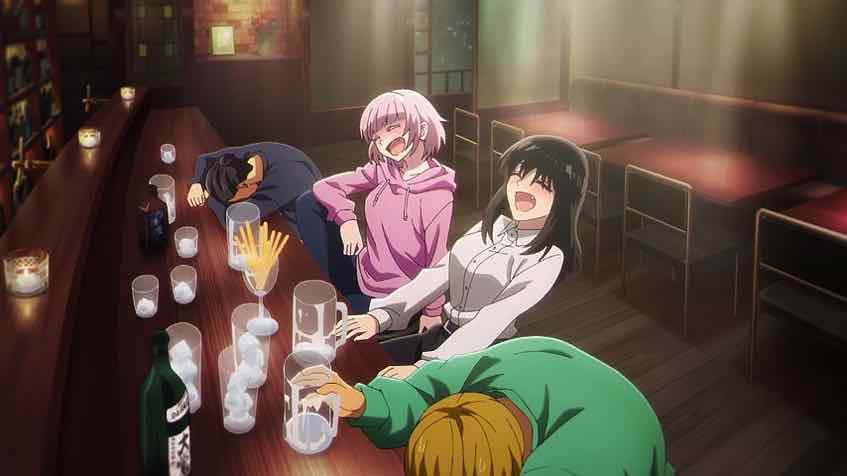 A very interesting turn of events on Yofukashi no Uta. Some of the questions posed by last week’s developments were certainly answered. And while I still feel like this turn in the story came more or less out of nowhere, in itself what we saw here made sense. Kabura, the minorest of minor characters in the first season, turns out to be extremely important in myriad ways. But with more death flags than a zombie flag factory she probably shouldn’t buy any green bananas (which she wouldn’t be eating anyway).
A very interesting turn of events on Yofukashi no Uta. Some of the questions posed by last week’s developments were certainly answered. And while I still feel like this turn in the story came more or less out of nowhere, in itself what we saw here made sense. Kabura, the minorest of minor characters in the first season, turns out to be extremely important in myriad ways. But with more death flags than a zombie flag factory she probably shouldn’t buy any green bananas (which she wouldn’t be eating anyway).
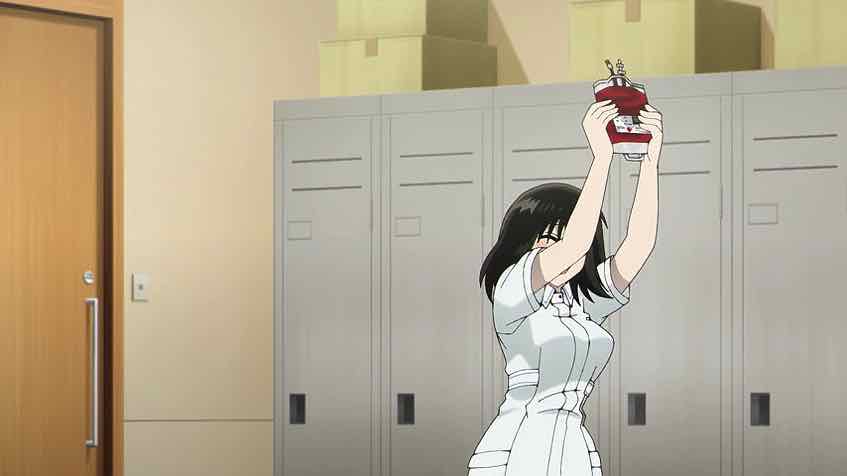 Even the clinic Kabura-san works at has turned out to be important. “The director” was name-dropped so fast one could be forgiven for forgetting it, but I suspect we haven’t heard the last of that. Said director being a vampire themself implies that the clinic is an important logistical tool for the local vamp population. They employ vampires, they embezzle a little blood from every draw for future use (which explains Kabura’s “foresight” in saving hers for memory purposes), and they’re a source of new recruits. It doesn’t seem overtly sinister in the sense of patients being harmed or turned against their will, but it’s certainly a dodgy arrangement.
Even the clinic Kabura-san works at has turned out to be important. “The director” was name-dropped so fast one could be forgiven for forgetting it, but I suspect we haven’t heard the last of that. Said director being a vampire themself implies that the clinic is an important logistical tool for the local vamp population. They employ vampires, they embezzle a little blood from every draw for future use (which explains Kabura’s “foresight” in saving hers for memory purposes), and they’re a source of new recruits. It doesn’t seem overtly sinister in the sense of patients being harmed or turned against their will, but it’s certainly a dodgy arrangement.
 The big headline, of course, is the identity question of Nanakusa Haru and Nanakusa Nazuna. “Daughter” wasn’t a theory I posited last week but in hindsight it certainly makes sense, not least with the timeline. This is a game-changer in so many ways, for starters that we’d never been told vampires could conceive and bear children – never mind human hybrid ones. The identity of the father – the man Nanakusa Haru seemingly fell in love with – is an interesting question in its own right. Why did Haru decide to leave (or die) at some point – in the process leaving her daughter in Kabura’s hands? Was her “husband” still alive? Questions are answered, but even more are raised.
The big headline, of course, is the identity question of Nanakusa Haru and Nanakusa Nazuna. “Daughter” wasn’t a theory I posited last week but in hindsight it certainly makes sense, not least with the timeline. This is a game-changer in so many ways, for starters that we’d never been told vampires could conceive and bear children – never mind human hybrid ones. The identity of the father – the man Nanakusa Haru seemingly fell in love with – is an interesting question in its own right. Why did Haru decide to leave (or die) at some point – in the process leaving her daughter in Kabura’s hands? Was her “husband” still alive? Questions are answered, but even more are raised.
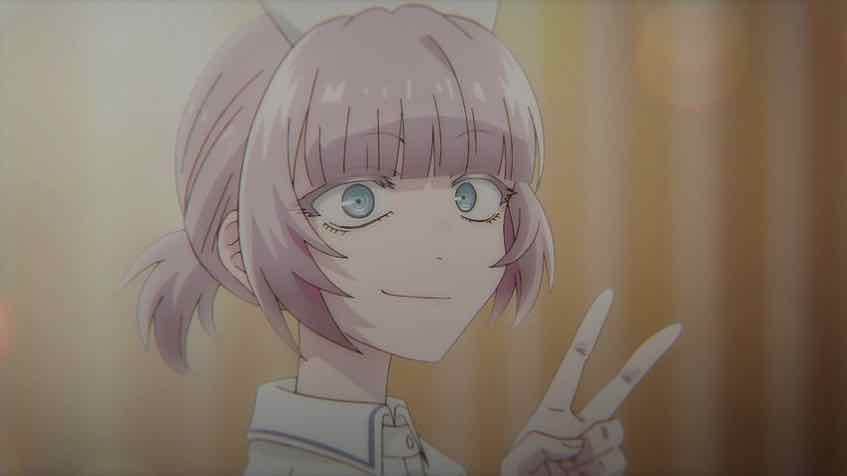 Nazuna pretty much sums up why Kabura would have mixed feelings about her. The woman she fell in love with conceived a child with a man, took off, and asked her to raise that child. Worse yet, a child that looks exactly like the woman she fell in love with. Apparently Naz was functionally an infant when Kabura moved into the picture – which raises the question of how much time had passed and what Nazuna looked like when she was “born”. Did she have a physical childhood at all, accelerated or otherwise? If this happened with her I think it’s safe to assume it’s happened many times before, but just how rare vampire birth is stands as a pretty critical variable in the mythology.
Nazuna pretty much sums up why Kabura would have mixed feelings about her. The woman she fell in love with conceived a child with a man, took off, and asked her to raise that child. Worse yet, a child that looks exactly like the woman she fell in love with. Apparently Naz was functionally an infant when Kabura moved into the picture – which raises the question of how much time had passed and what Nazuna looked like when she was “born”. Did she have a physical childhood at all, accelerated or otherwise? If this happened with her I think it’s safe to assume it’s happened many times before, but just how rare vampire birth is stands as a pretty critical variable in the mythology.
 I think it’s very interesting that Kou-kun’s take on this relationship was that Kabura acted like a mother around Nazuna, despite her professed distaste for seeing her. Kou’s own family life is something we know precious little about. He’s young enough to where his own mother should still be babying him, but we see no evidence they have any relationship at all. Indeed, where are his parents as he’s galavanting with vampires every night? Kou is very much a romantic, someone who wants to see the best in people and believes there are reasons why things happen. His relationship with Naz reflects this – they’re both quite naive and innocent in the context of their own peer group.
I think it’s very interesting that Kou-kun’s take on this relationship was that Kabura acted like a mother around Nazuna, despite her professed distaste for seeing her. Kou’s own family life is something we know precious little about. He’s young enough to where his own mother should still be babying him, but we see no evidence they have any relationship at all. Indeed, where are his parents as he’s galavanting with vampires every night? Kou is very much a romantic, someone who wants to see the best in people and believes there are reasons why things happen. His relationship with Naz reflects this – they’re both quite naive and innocent in the context of their own peer group.
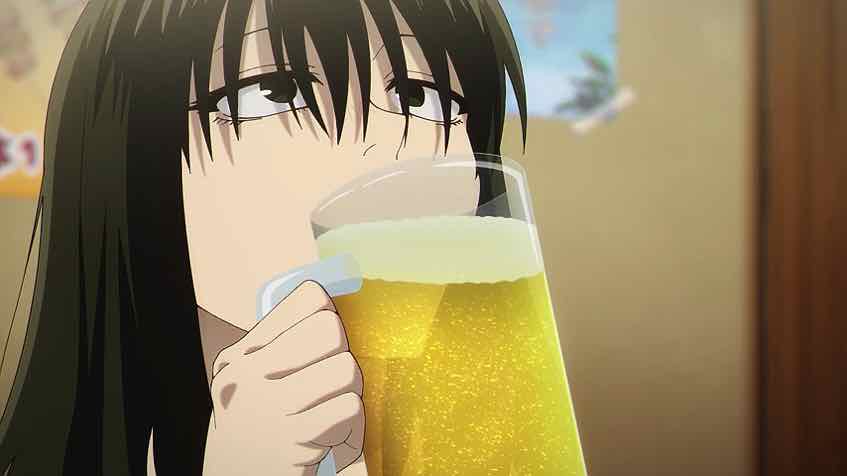 Unfortunately, this worldview runs smack into Anko’s existence in a very dangerous way. Kou wonders what happened to make her hare vamps so much she seems to want to kill them all. That’s an interesting question but in the end, does it matter? She’s a dire threat to everyone he cares about and to he himself, even if she almost surely wouldn’t kill a human outright. Kou takes Nazuna’s half-breed status to mean she’s safer from Anko because she has no weakness to exploit, but I wonder – might her very nature be a weakness? Maybe her human half makes Nazuna weaker and more vulnerable generally than a pure-blooded vampire. And with Anko being the threat she is, that could be a real problem.
Unfortunately, this worldview runs smack into Anko’s existence in a very dangerous way. Kou wonders what happened to make her hare vamps so much she seems to want to kill them all. That’s an interesting question but in the end, does it matter? She’s a dire threat to everyone he cares about and to he himself, even if she almost surely wouldn’t kill a human outright. Kou takes Nazuna’s half-breed status to mean she’s safer from Anko because she has no weakness to exploit, but I wonder – might her very nature be a weakness? Maybe her human half makes Nazuna weaker and more vulnerable generally than a pure-blooded vampire. And with Anko being the threat she is, that could be a real problem.


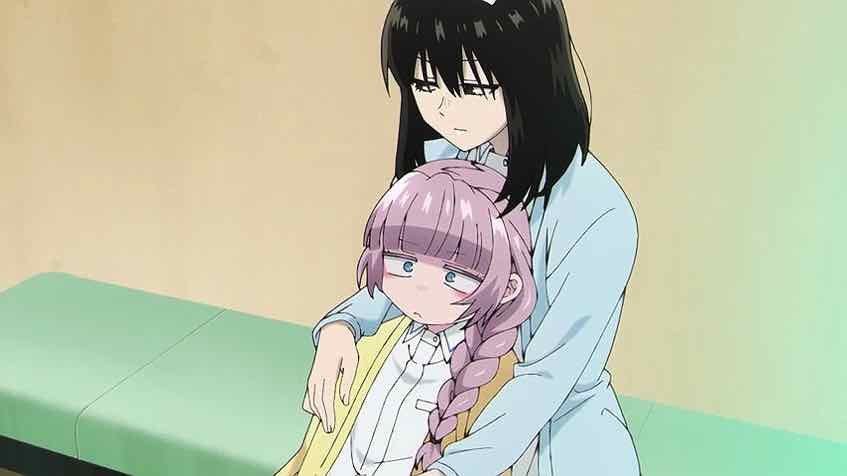
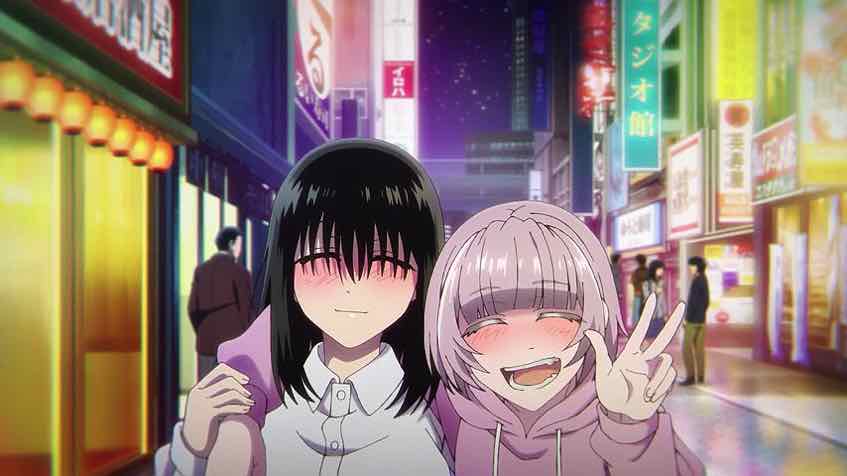
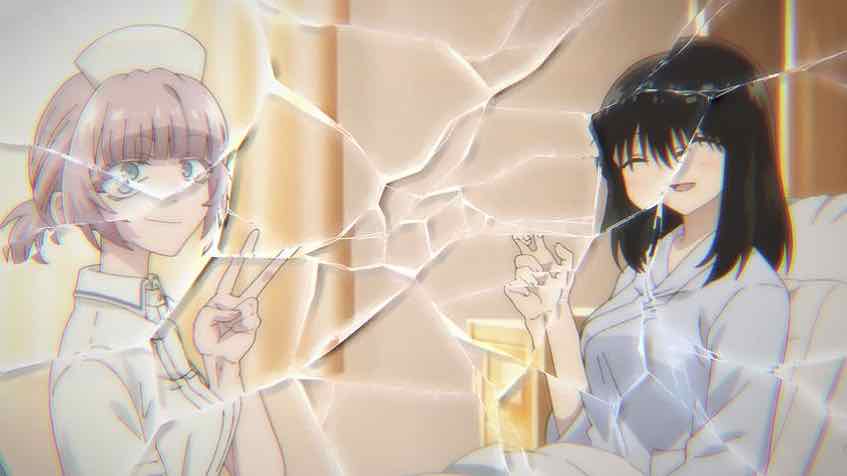
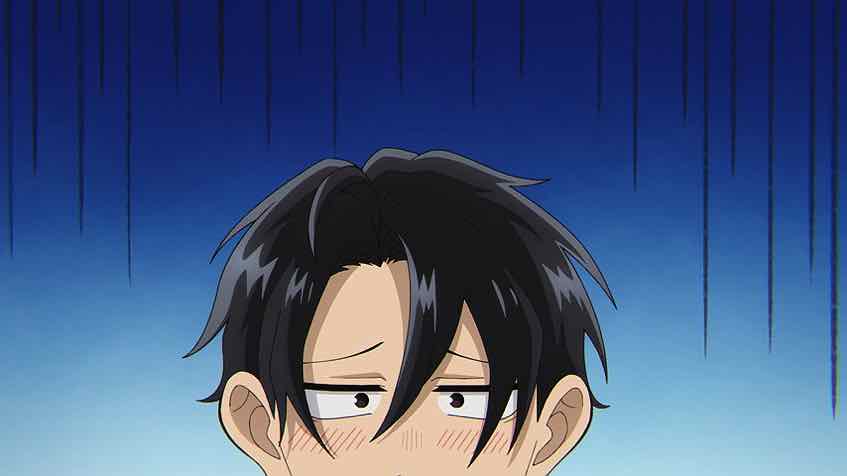
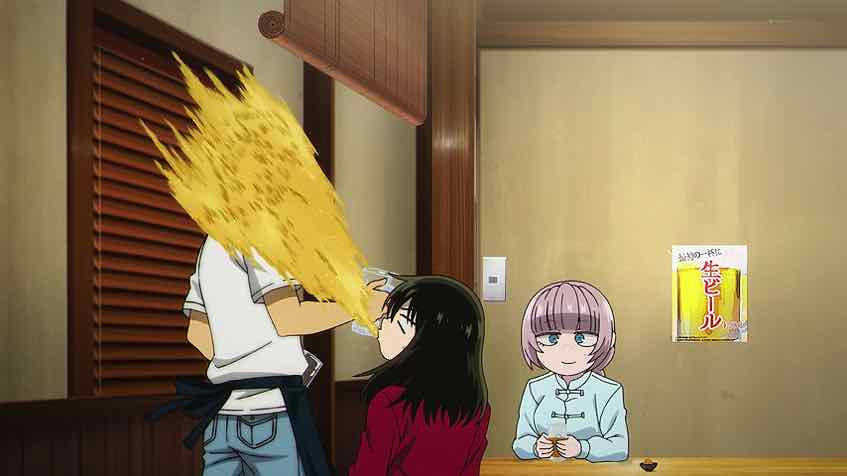
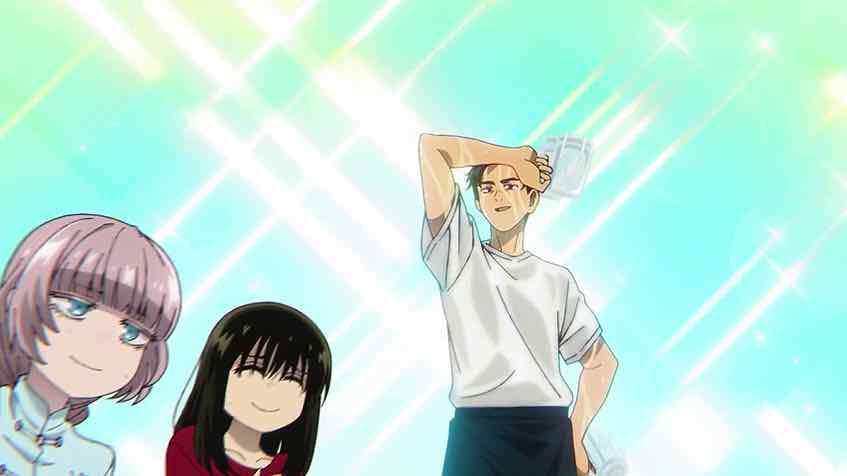
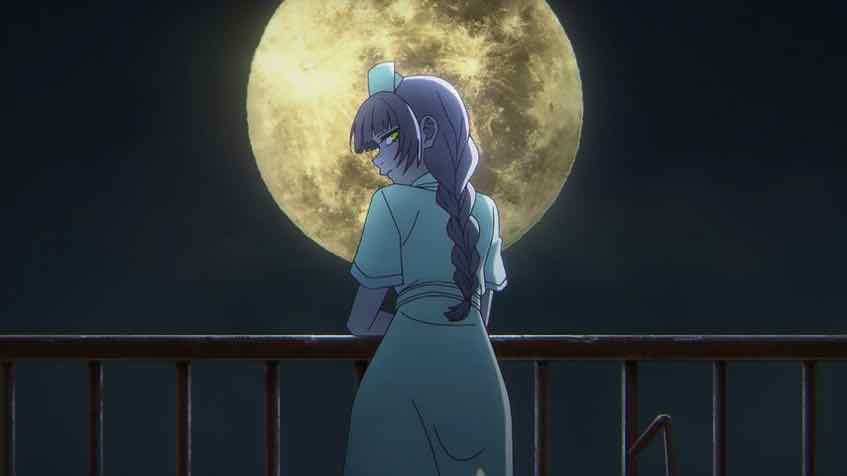

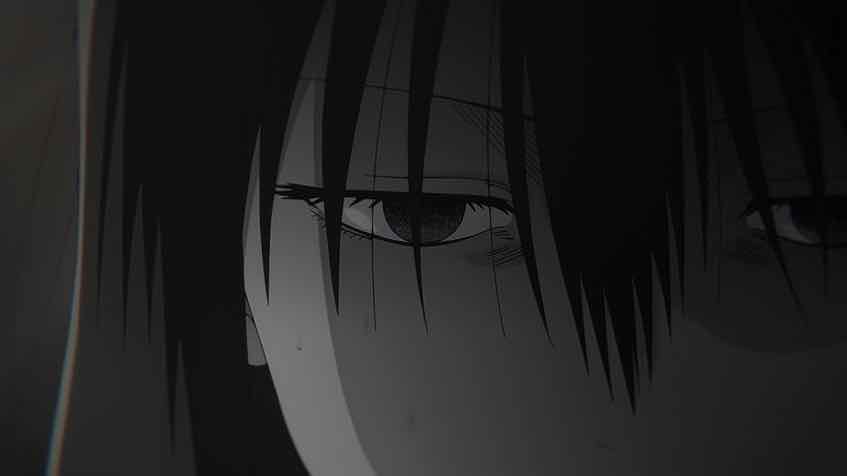

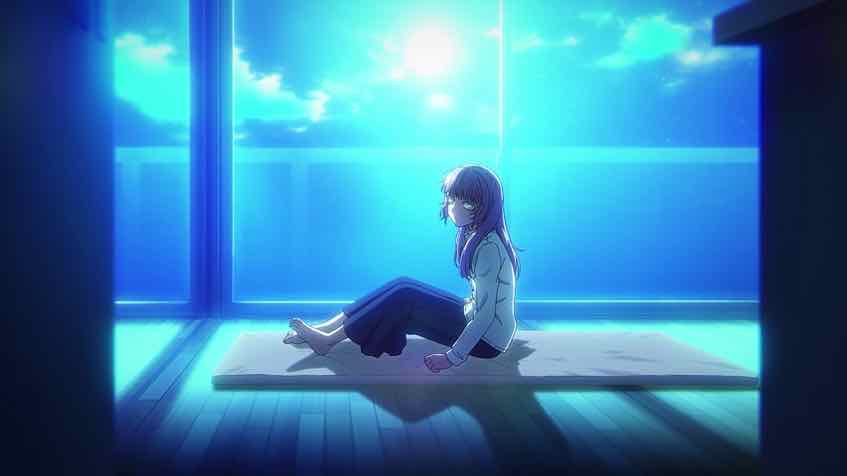

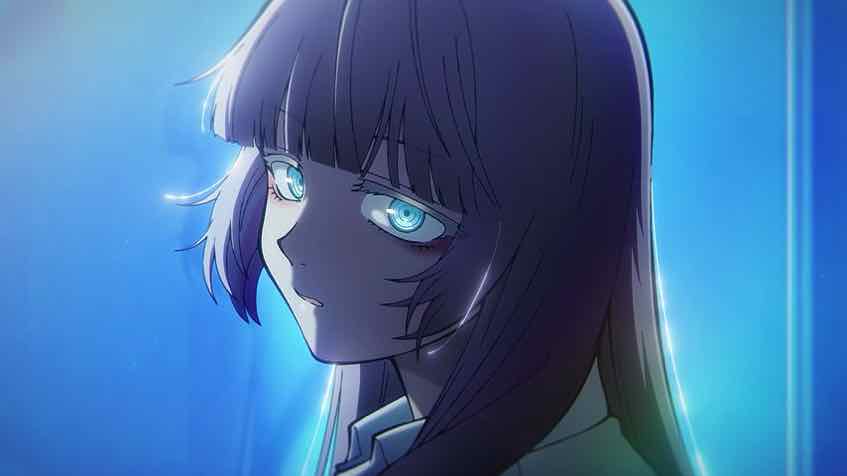
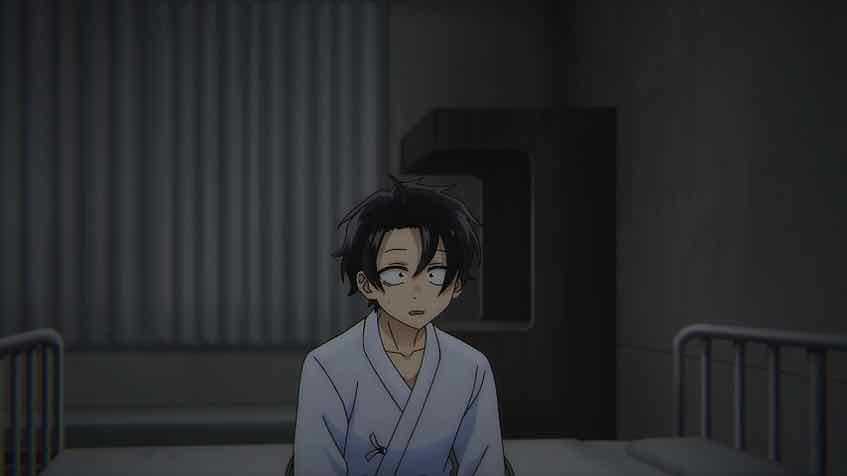
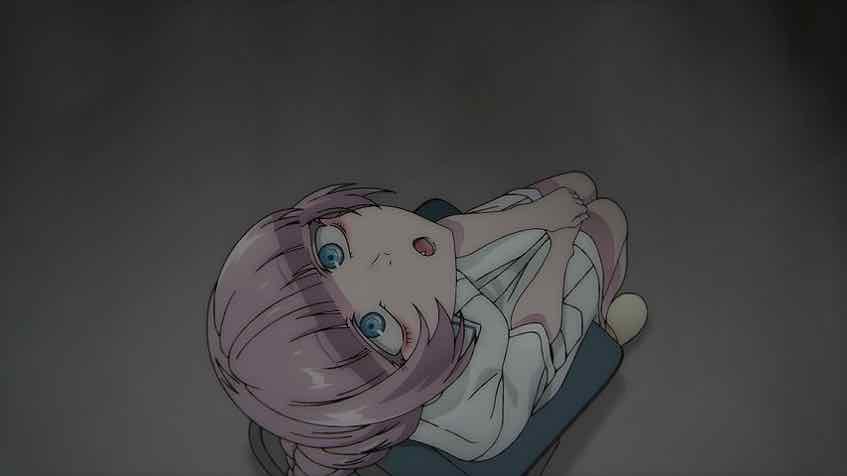
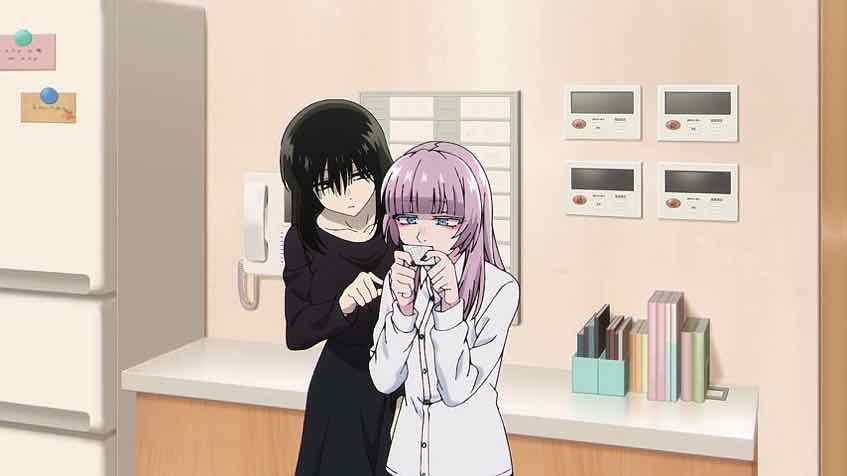
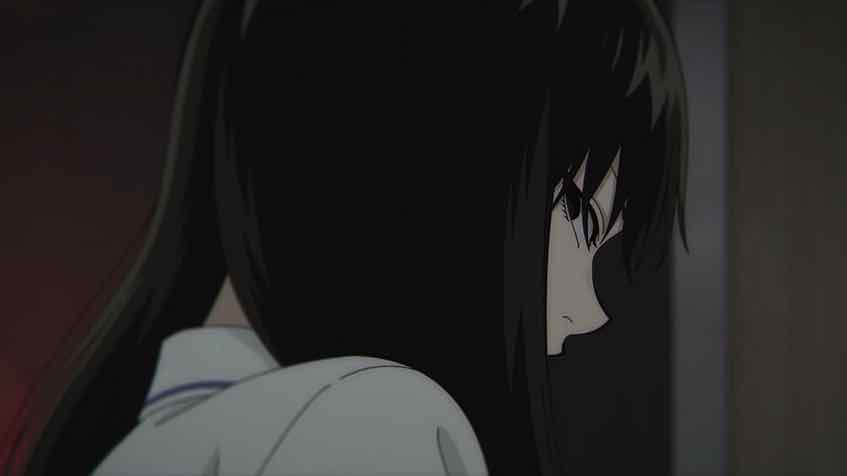

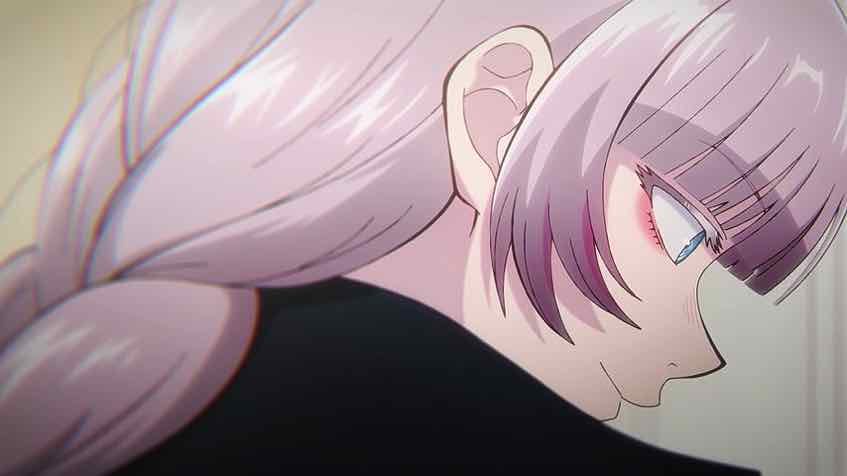
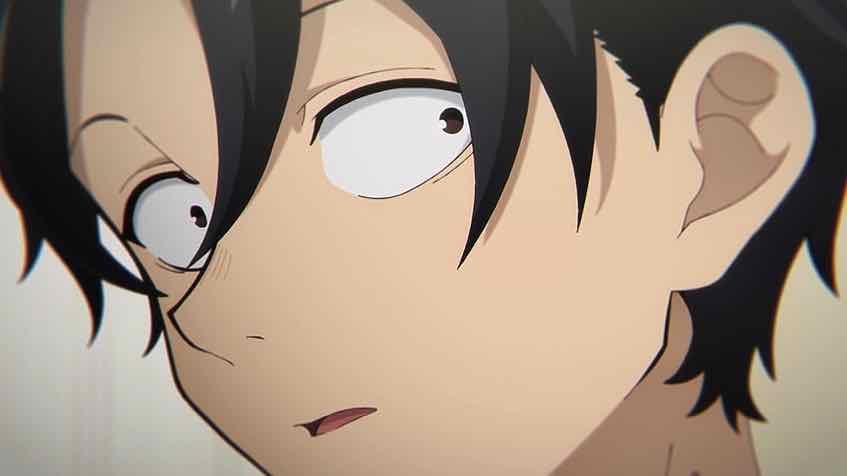
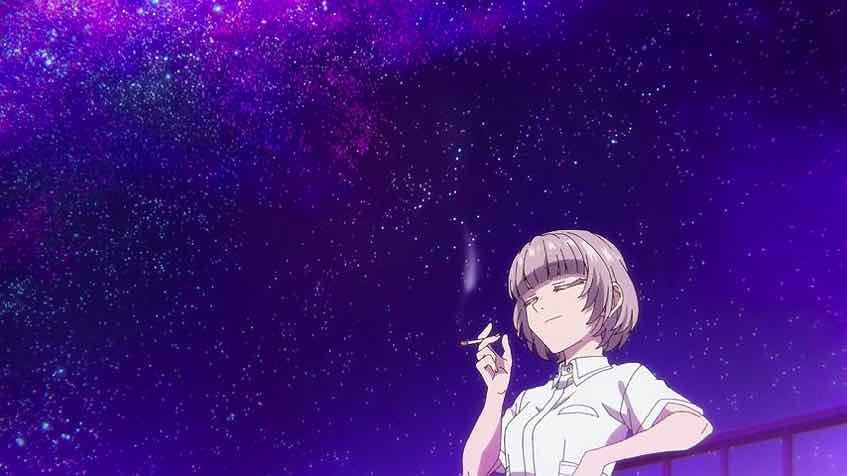
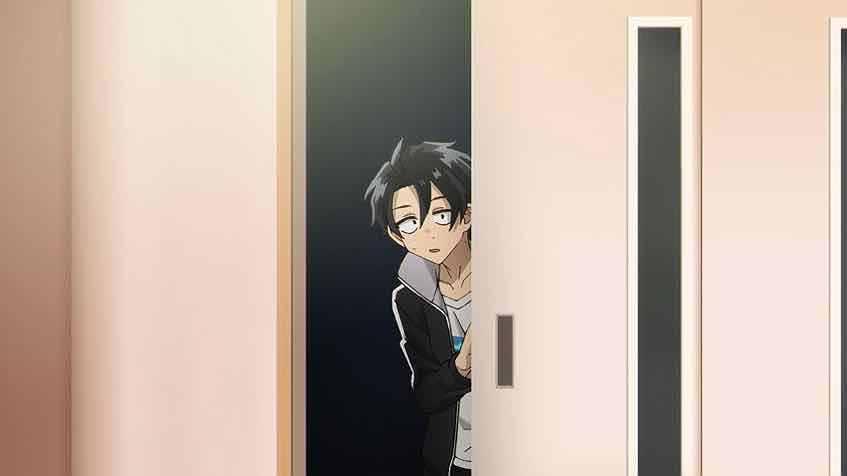
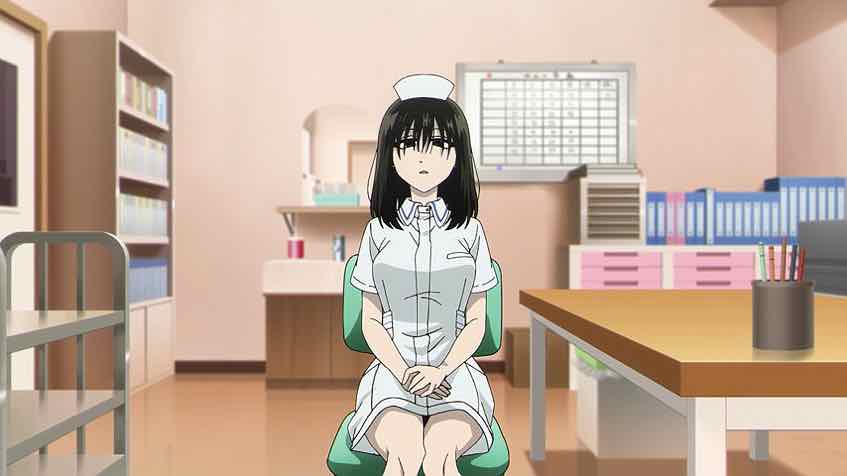
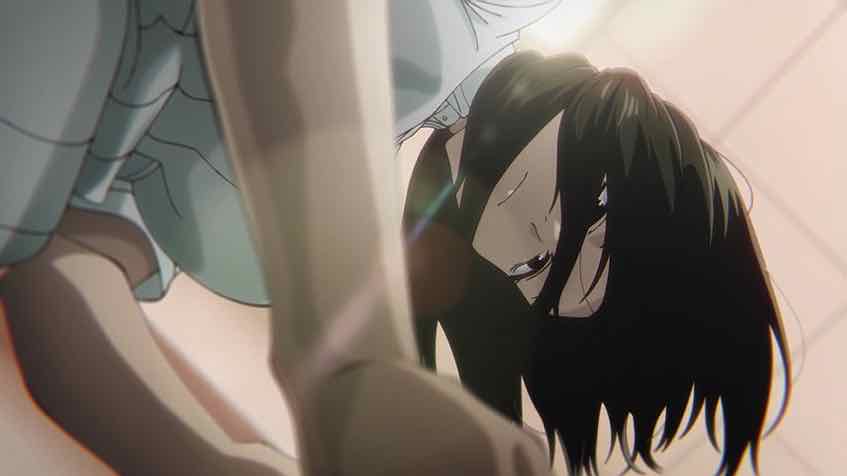
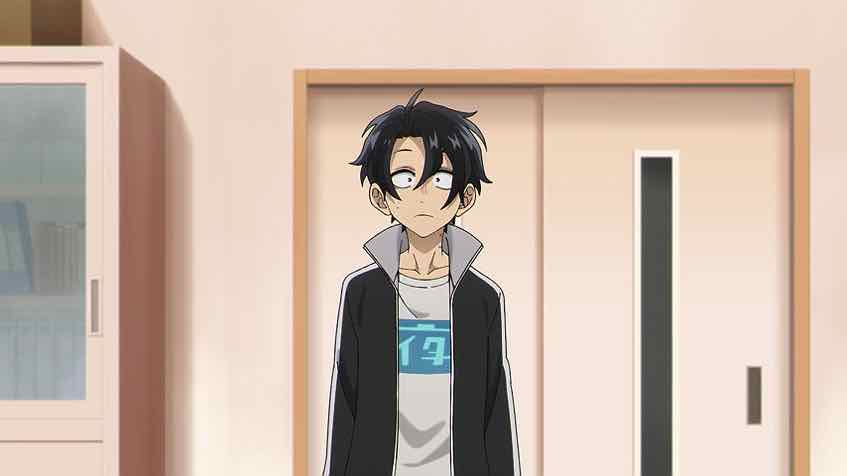

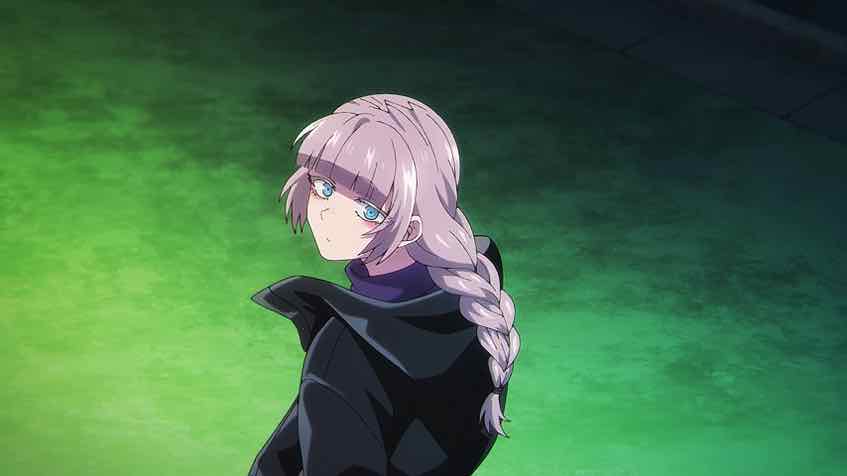
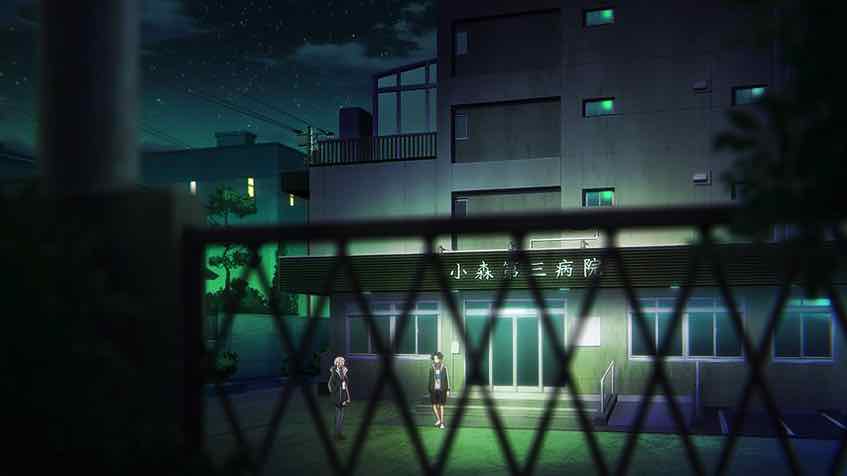

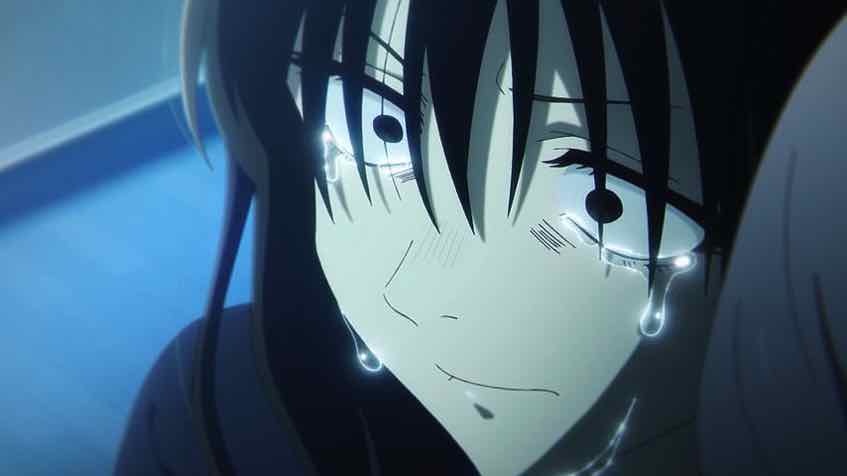

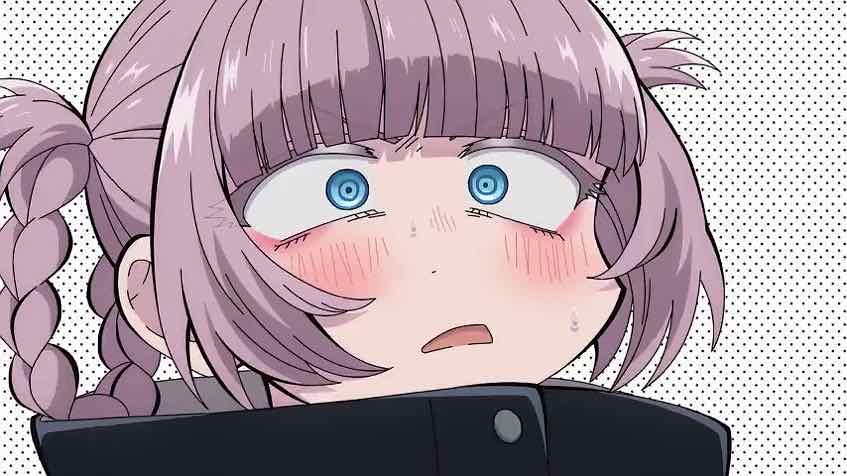
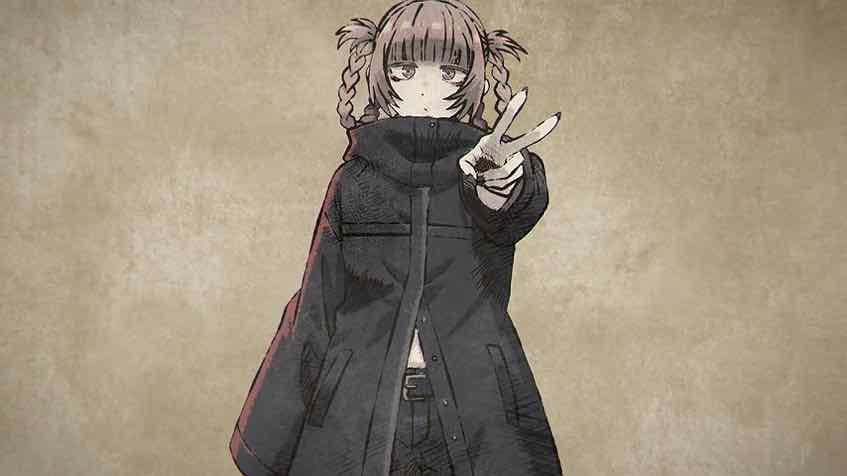
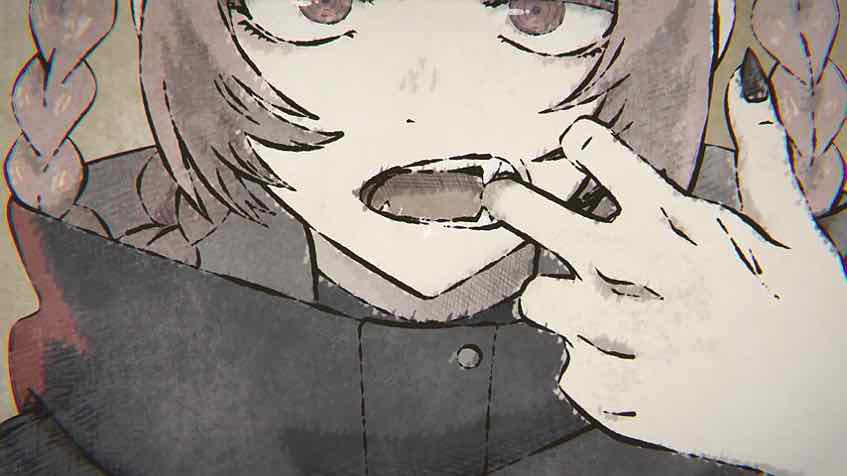
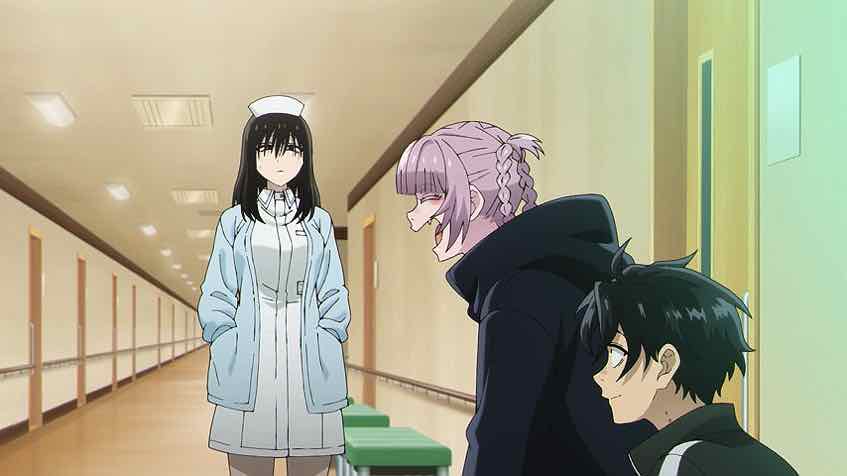


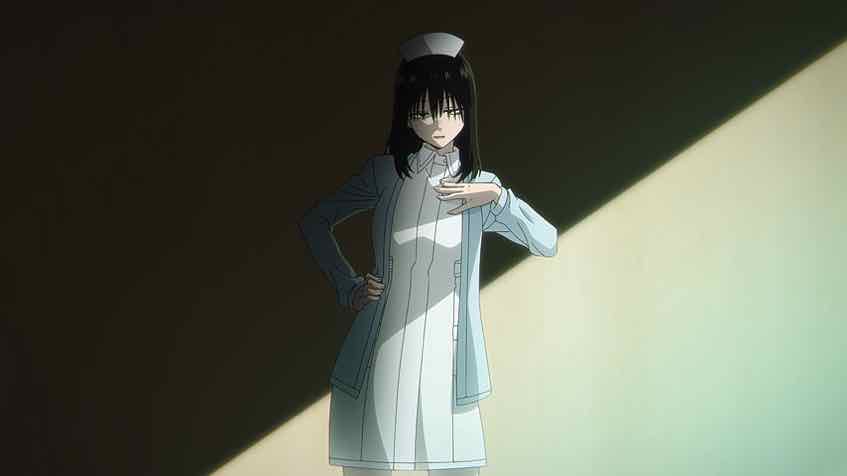
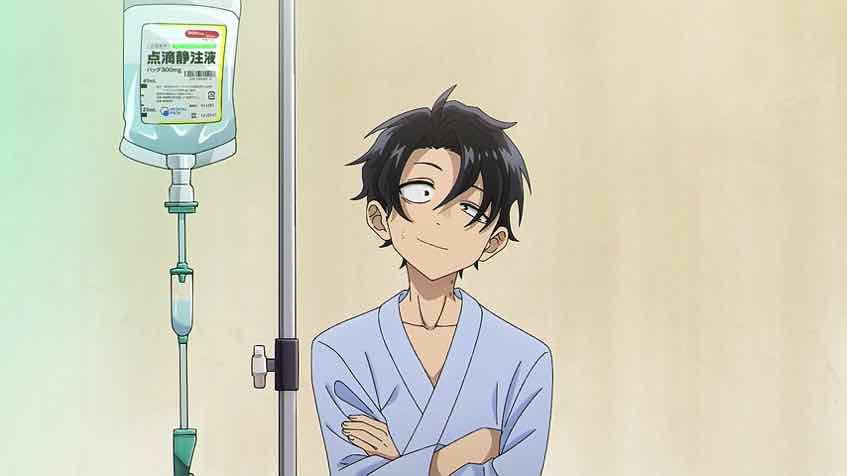
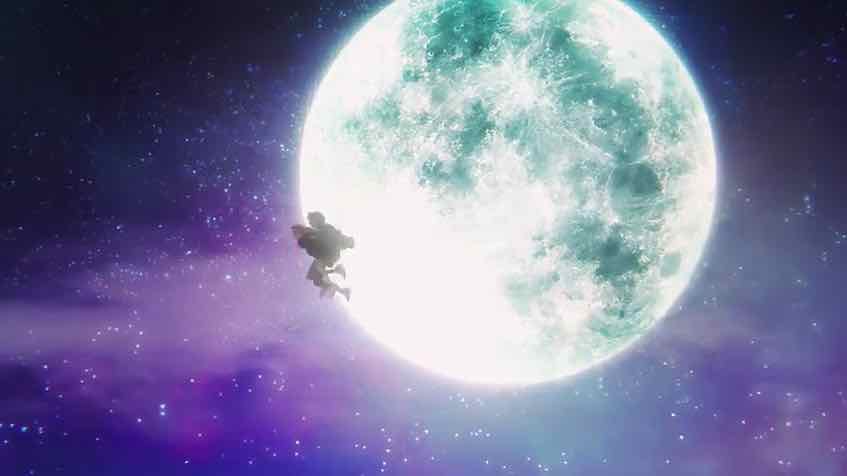
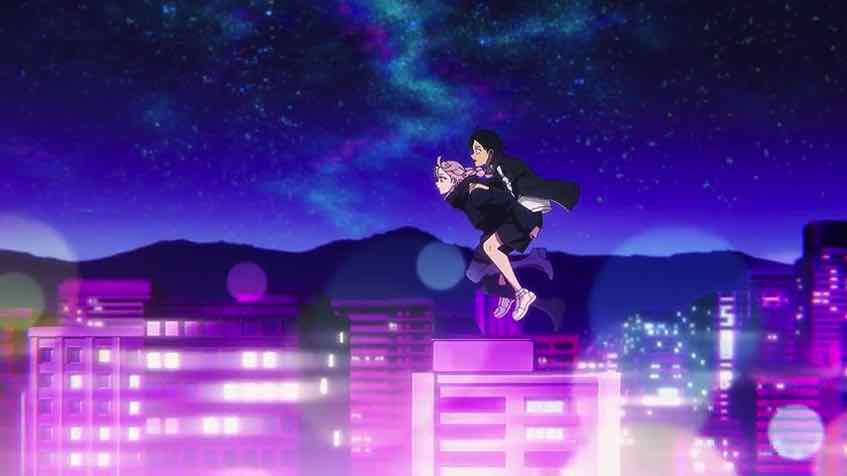
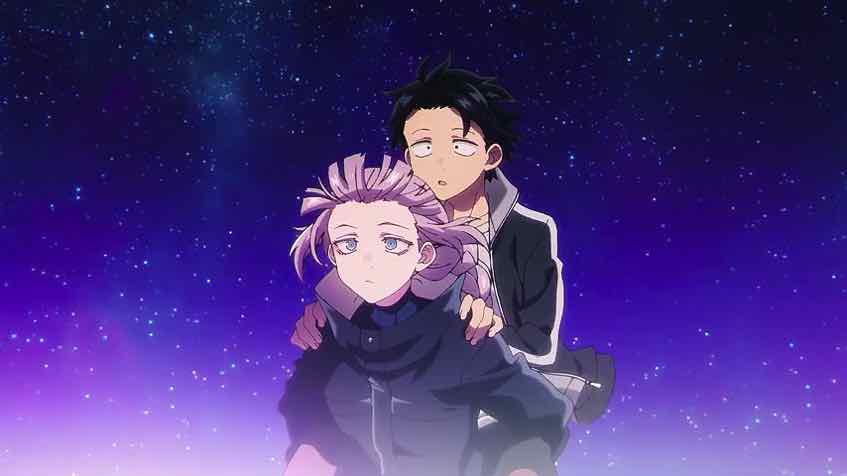
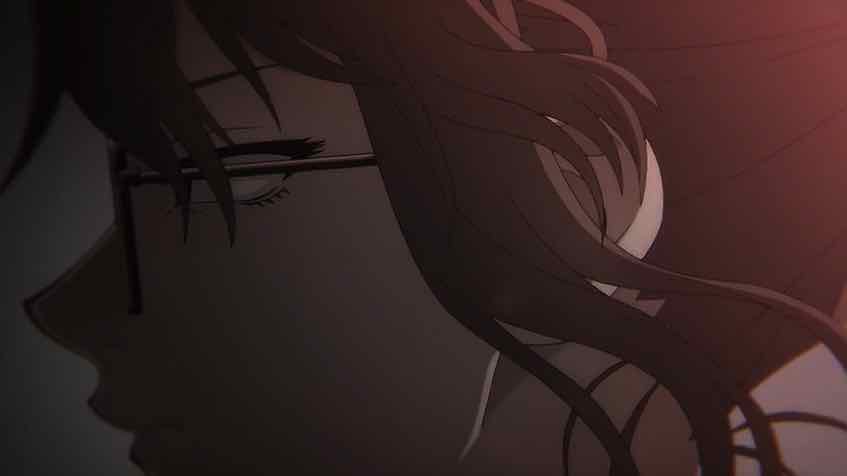
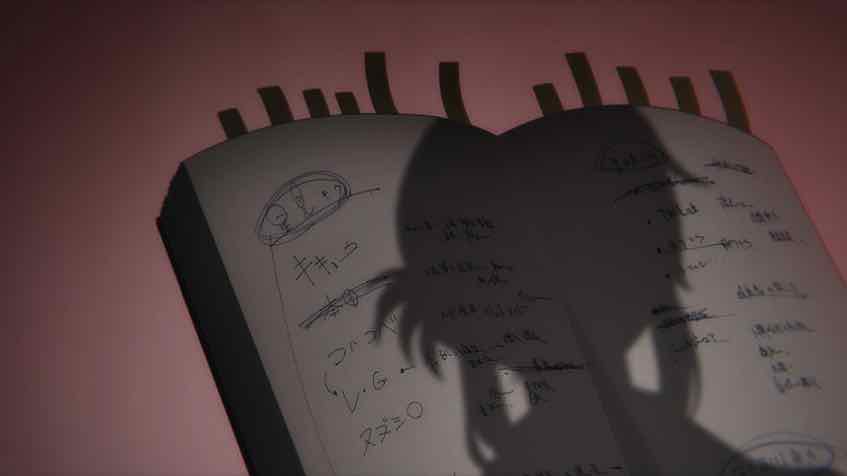
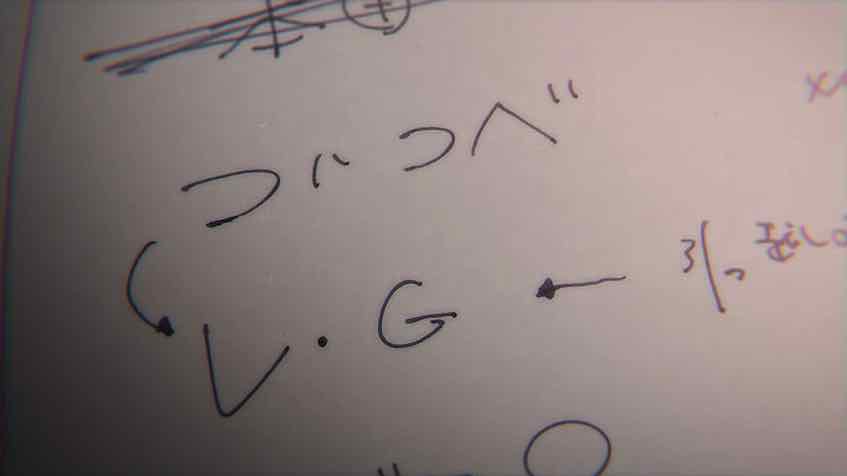

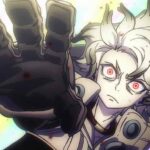
Raikou
August 2, 2025 at 6:50 pmKabura/Haru relationship reminded me of Bon/Sukeroku of Rakugo Shinju. One has a child and the “surviving” ones took care that child.
The vibe’s different, but I think the love part is similar.